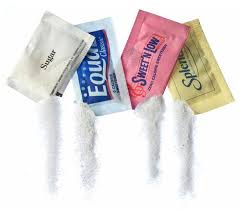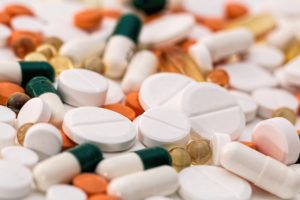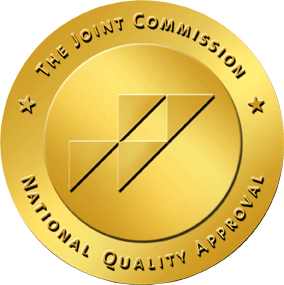Brad Lamm, CIP

First off, sweeteners enlarge your sweet tooth – making you want a sweet- sweet level not found in real life. My ENLARGED SWEET TOOTH effect is not a scientific assessment, but my own as a warrior at the front of the obesity epidemic.
The top two FDA-approved artificial sweeteners are sucralose (Splenda) and aspartame (Equal, NutraSweet). The owners of these products co-opted the approval process though by hiring senior officials with troubling dual-relationships with the federal government. The American Heart Association and American Diabetes Association have given a cautious nod to the use of artificial sweeteners in place of sugar to combat obesity, metabolic syndrome, and diabetes. But is there even more to the story?
According to the American Cancer Society, aspartame is composed of two amino acids: aspartic acid and phenylalanine. Since being approved by the FDA in 1981, studies have found no convincing evidence and the FDA, the World Health Organization, and the American Dietetic Association say when consumed in moderation, aspartame is safe.
Splenda is created by replacing hydrogen and oxygen in sugar molecules with chlorine atoms. Sucralose received FDA approval in 1998, and although one study showed it may negatively impact the immune system, follow-up studies did not find a correlation.
Let’s consider what excessive long-term use from a six-a-day diet soda habit might mean? In the Multiethnic Study of Atherosclerosis, daily consumption of diet drinks was associated with a 36% greater risk for metabolic syndrome and a 67% increased risk for type 2 diabetes, precisely the diseases that sugar-free sweeteners are supposed to prevent in the first place.
Another assumption one might make is that artificial sweeteners would lead to leaner physiques, but a study done by the International Journal of Obesity suggests that when we offer our bodies the sweet in Splenda, for example, we get just the sweet without the calories, and as such our bodies don’t produce the satiety hormones they do when we use real sugar. Our bodies think we haven’t consumed any calories and tell us to keep eating, which of course makes it easy to overeat
I used to say NO BLUE – NO YELLOW while using PINK in moderation. I believe saccharine to be the best of the bad, but now I suggest we skip this fake garbage food altogether. Why? Because as fake sweeteners enlarge your sweet tooth, they change your tongue and brain’s ability to recognize sweet stuff found in nature and skews ones’ ability to be in a natural relationship with food, mood and what’s put in us.
The metamessage is this: the healthiest people are those who consume a balanced mix of real foods (minimally processed) and limit intake of any type of fake sweetener. What about SUGAR???! you ask? That’ll wait for another day.
Remember, you can always avoid the controversy altogether by replacing soda with water or dessert with fresh fruit.












